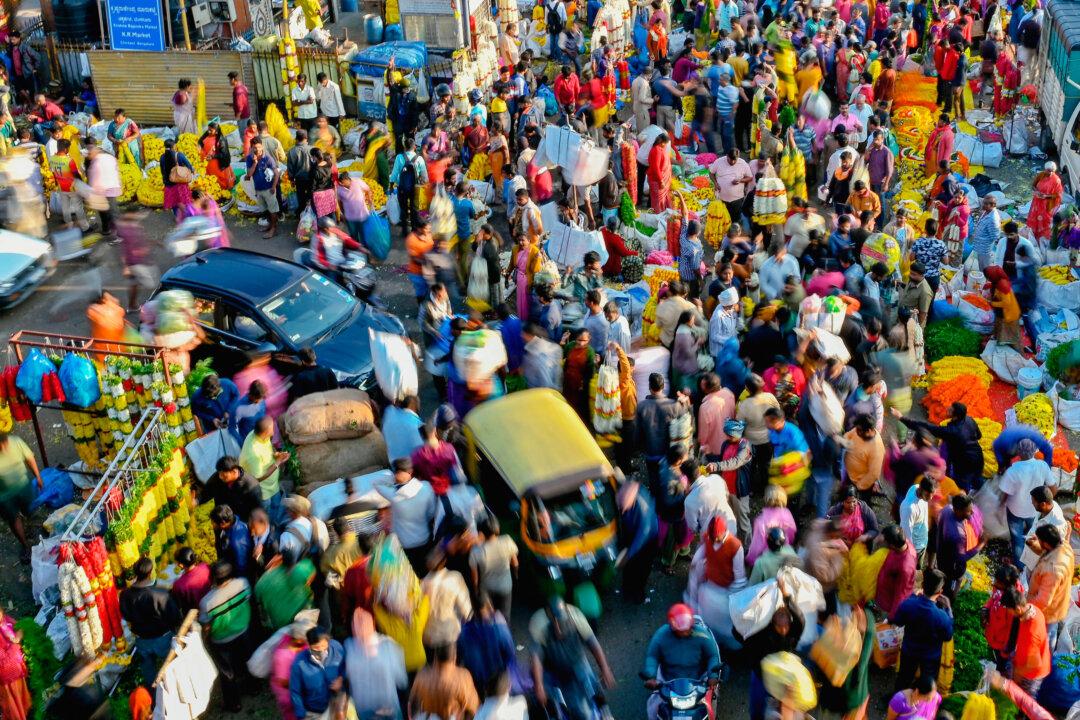Commentary
Four horsemen appear through the mountaintop mist at the dawn of a new era. They are the field marshals. They represent four strategic factors that now coalesce to dominate the global architecture.

Four horsemen appear through the mountaintop mist at the dawn of a new era. They are the field marshals. They represent four strategic factors that now coalesce to dominate the global architecture.